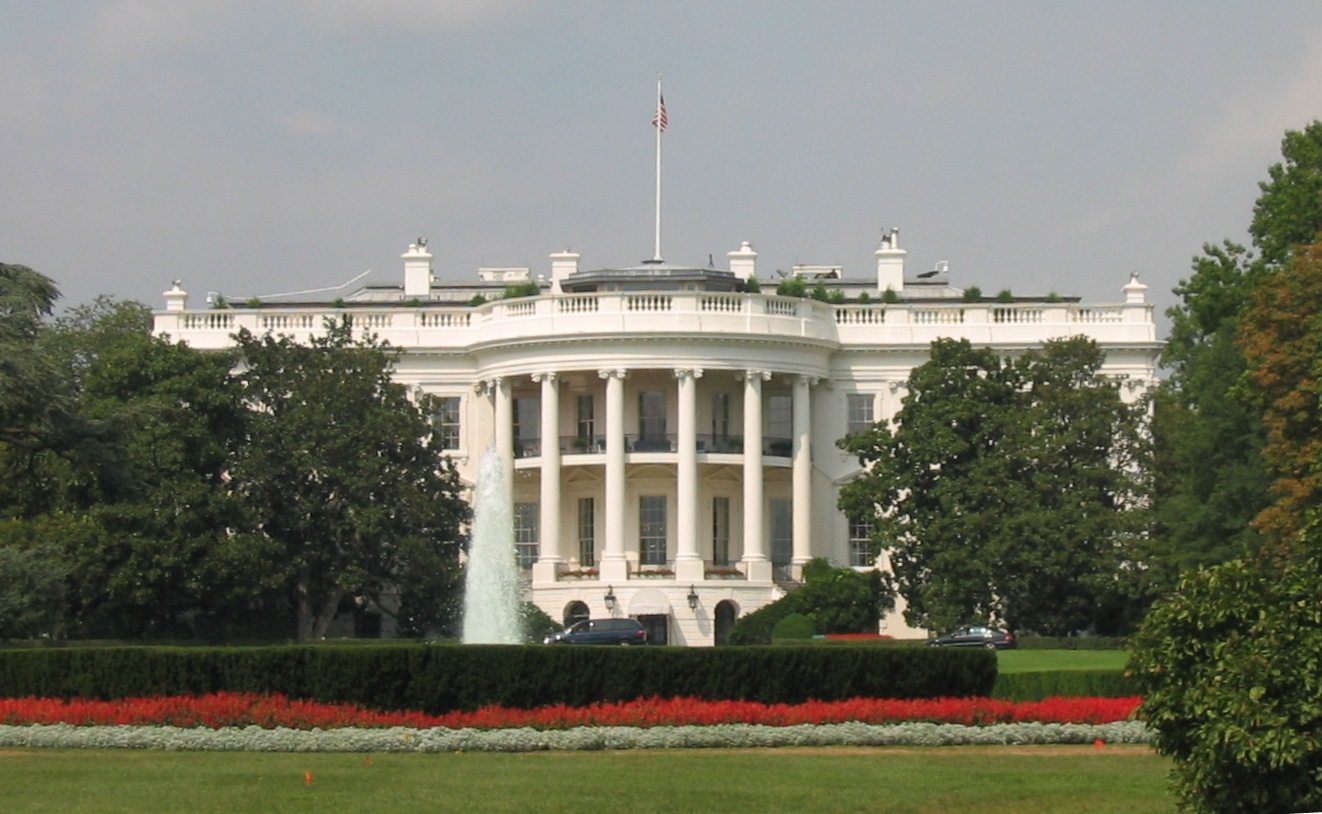 Experts say President Donald Trump’s plan to bring broadband service to rural areas won’t be easy and will be costly — about $80 billion. However the White House initially proposed spending $25 billion over 10 years on rural infrastructure.
Experts say President Donald Trump’s plan to bring broadband service to rural areas won’t be easy and will be costly — about $80 billion. However the White House initially proposed spending $25 billion over 10 years on rural infrastructure.
Policy experts disagree on the best methodology to use and how much of the tab the federal government should pay for, reports Bloomberg. “Our suspicion is the president’s plan won’t be sufficient,’’ said Johnathan Hladik, policy director for the Center for Rural Affairs, a Nebraska-based non-profit that advocates for small farms. “We’re happy he’s saying it. You also have to do it, and that’s where it gets tough.’’
Only 55 percent of rural Americans have access to download speeds faster than 25 Mbps, compared to 94 percent in urban areas, according to a 2016 Congressional Research Service report. Advocates say high-speed internet is necessary for everyday life and business. Inside Towers has reported several members of Congress who represent rural areas have constituents who must do their school work or some of their business in fast food parking lots to get WiFi.
Lawmakers and advocates favor making grants and loans to towns or rural cooperatives and extending tax credits to entice big companies to bring broadband to underserved areas. They also propose holding “reverse auctions” in which providers bid on public money that’s offered to bring service to specified areas for the lowest cost, reports Bloomberg.
Former FCC analyst Paul de Sa believes the $80 billion needed to reach residences and businesses by fiber or cable broadband can be cut in half to reach 98 percent of those who lack it, while spending $10 billion would reach 92 percent. However, there’s no agreement among experts on how much of the bill taxpayers should pay.
Oklahoma State University agricultural economist Brian Whitacre who has studied the impact of rural broadband, characterizes it like the drive for rural electrification in the 1930s — a necessity. But economist Mark Jamison, who was a member of Trump’s FCC transition team, prefers a low interest loan approach. He told Bloomberg the benefit of direct funding hasn’t been proved to outweigh spending for other purposes.
Inside Towers reported that FCC Chairman Ajit Pai believes direct funding for broadband infrastructure under Trump’s plan should go through the Commission’s Universal Service Fund. Supported by carrier assessments, the USF allocated $20.6 billion from 2011 to 2015 for telephone and broadband networks in high-cost areas, as well as $20.8 billion for three other programs that help pay for services for low-income residents, rural hospitals, schools and libraries, FCC records show.
July 7, 2017




Reader Interactions